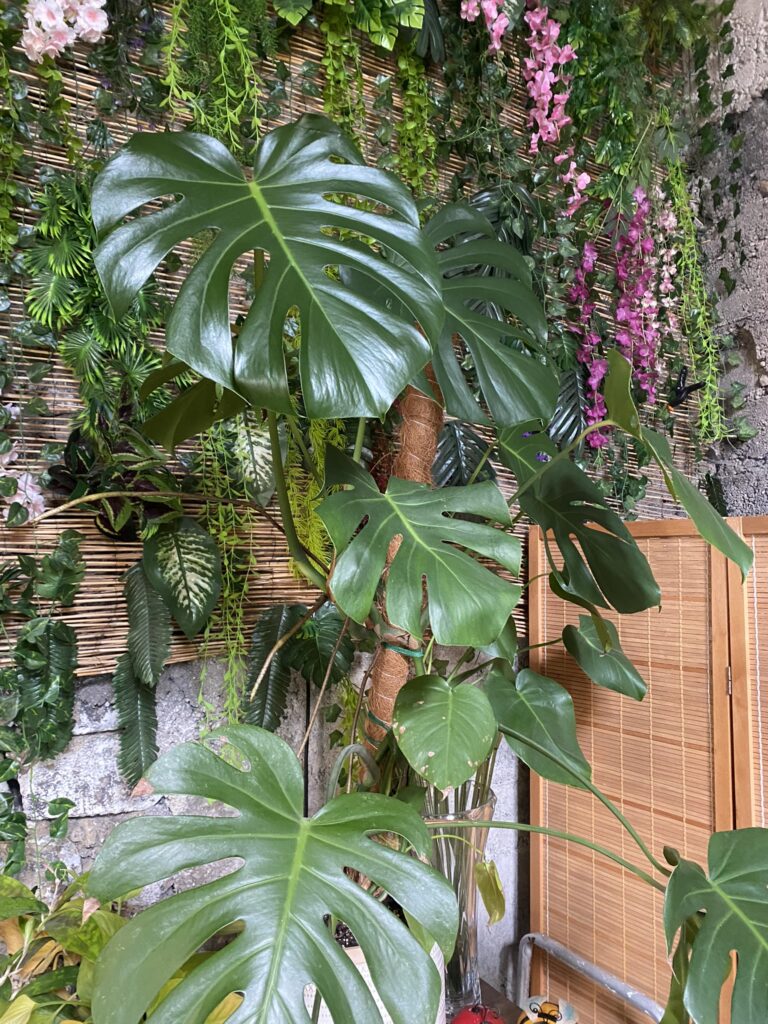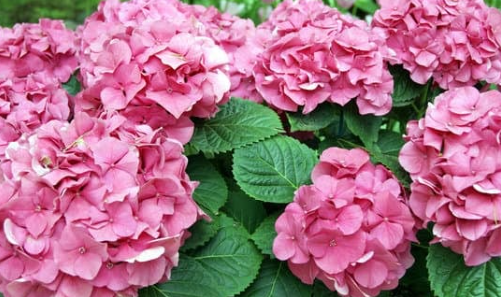Monstera deliciosa, also known as the Swiss Cheese Plant, is a popular indoor plant that I absolutely love. With its iconic, deeply split leaves and tropical vibe, Monstera adds a touch of the jungle to any indoor space. Known for its adaptability and striking appearance, it’s a great choice for both novice and experienced indoor gardeners. Here’s everything you need to know about growing Monstera deliciosa indoors.

Why Monstera Deliciosa is Perfect for Indoors
Monstera deliciosa is a tropical plant native to the rainforests of Central America. In the wild, it grows under the canopy of larger trees, which makes it well-suited to indoor environments where it can thrive in indirect light. Its ability to adapt to lower light conditions, along with its robust growth habit, makes it a resilient and low-maintenance houseplant. Additionally, the plant’s large, perforated leaves add a dramatic aesthetic to any room, making it a favourite among interior decorators.

Choosing the Right Spot for Your Monstera
Choosing the right location is crucial to the success of your Monstera deliciosa. Here are some factors to consider:
- Light: Monstera thrives in bright, indirect light. While it can tolerate lower light levels, it will grow more slowly and may develop smaller leaves with fewer splits. Avoid direct sunlight, as it can scorch the leaves, leading to brown spots.
- Temperature: Being a tropical plant, Monstera prefers a warm environment. Aim for temperatures between 18-27°C (65-80°F). Avoid placing the plant near drafts, air conditioners, or heaters, as sudden temperature changes can stress the plant.
- Humidity: Monstera enjoys a humid environment, similar to its natural rainforest habitat. While it can adapt to average household humidity, it will thrive with higher humidity levels. Consider placing it in a bathroom with natural light or using a humidifier to keep the air moist.

Planting and Potting Your Monstera
Proper planting and potting are key to ensuring your Monstera’s health and longevity:
- Choosing a Pot: Monstera deliciosa can grow quite large, so choose a sturdy pot that can support its size. A pot with drainage holes is essential to prevent water from pooling at the bottom, which can lead to root rot.
- Soil: Use a well-draining potting mix. A mix designed for aroids (which includes Monstera) or a combination of peat, perlite, and pine bark works well. This ensures that the soil retains some moisture but drains excess water efficiently.
- Repotting: Monsteras grow rapidly, especially in the right conditions. Plan to repot your plant every 1-2 years, or when you notice roots growing out of the drainage holes. Choose a pot that is 2-4 inches larger in diameter than the current one to give your Monstera room to grow.

Watering and Feeding Monstera DeliciosaWatering and feeding your Monstera correctly will help it thrive:
Monstera prefers evenly moist soil but does not like to sit in water.
Water the plant when the top inch or two of soil feels dry to the touch.
During the growing season (spring and summer), this may be once a week,
while in the winter, it may be less frequent. Always check the soil before
watering to avoid overwatering. Feeding:
During the growing season, feed your Monstera with a balanced,
water-soluble fertilizer every 4-6 weeks. Reduce feeding during the winter
months when the plant’s growth slows down.

Supporting Your Monstera’s Growth
As Monstera deliciosa grows, it will likely need some support to keep its large, heavy leaves upright:
- Staking: In its natural habitat, Monstera uses aerial roots to climb trees. Indoors, you can mimic this by providing a moss pole, trellis, or stake for it to climb. This not only supports the plant but also encourages the development of larger, more fenestrated leaves.
- Pruning: Regular pruning helps manage the size of your Monstera and encourages healthy growth. Trim any yellow or damaged leaves, and consider cutting back overly long vines to maintain a bushier appearance. You can also propagate these cuttings to create new plants.
Common Issues and How to Solve Them
Monstera deliciosa is generally a hardy plant, but like all houseplants, it can encounter a few problems:
- Yellowing Leaves: Yellow leaves can be a sign of overwatering or poor drainage. Ensure that the pot has drainage holes and that the soil is well-draining. Allow the soil to dry out slightly between waterings.
- Brown Leaf Tips: Brown tips are often caused by low humidity, over-fertilization, or underwatering. Increase humidity by misting the plant or using a humidifier, and ensure you’re not over-fertilizing. Check your watering routine to ensure it’s consistent.
- Pests: Common pests like spider mites, aphids, and mealybugs can occasionally infest Monstera. Regularly inspect the leaves, especially the undersides, for any signs of pests. If found, treat with insecticidal soap or neem oil.
- Leggy Growth: If your Monstera is growing leggy with sparse leaves, it may not be getting enough light. Move it to a brighter spot with more indirect light to encourage fuller growth.
Propagating Monstera Deliciosa
One of the joys of growing Monstera deliciosa is how easily it can be propagated:
- Stem Cuttings: The most common method is through stem cuttings. Cut a stem just below a node (the area where a leaf attaches to the stem) with at least one or two leaves attached. Place the cutting in water or directly into moist soil, ensuring the node is buried. Roots should develop in a few weeks.
- Air Layering: For a more advanced method, try air layering. Wrap a section of the stem with moist sphagnum moss and cover it with plastic wrap. Once roots have formed in the moss, the stem can be cut below the rooted section and potted.












